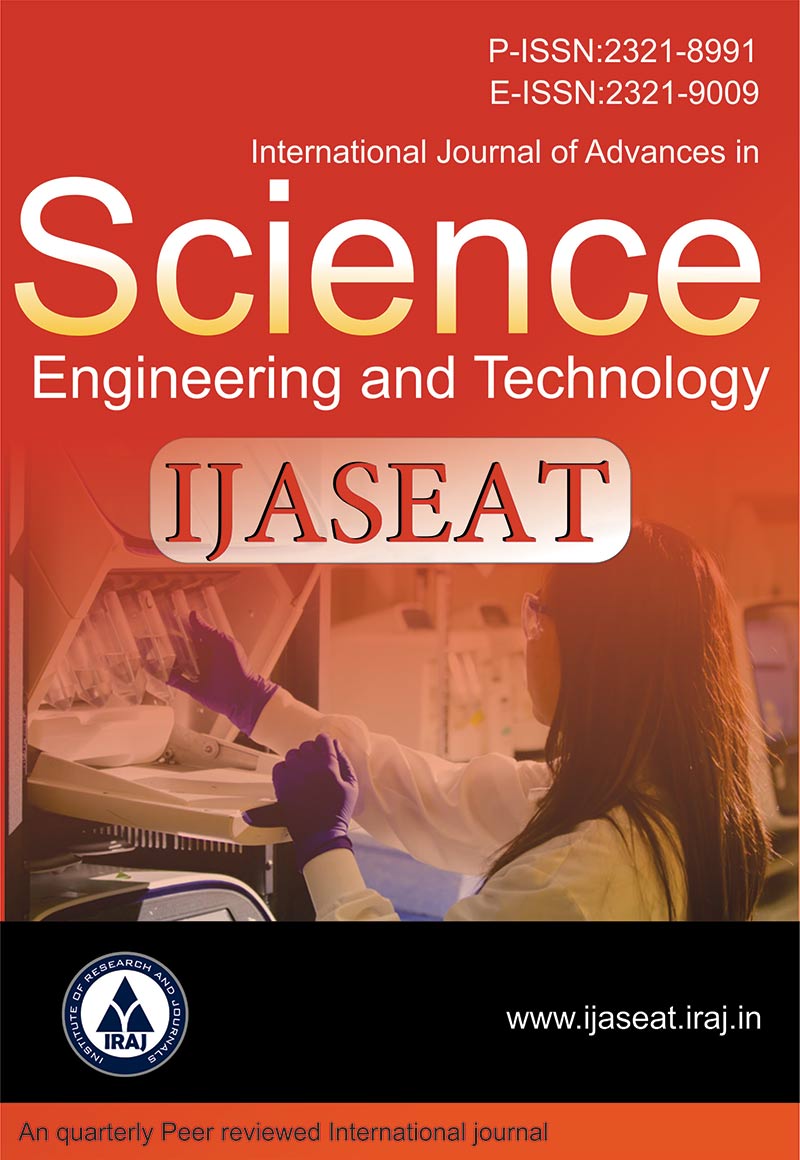Publish In |
International Journal of Advances in Science, Engineering and Technology(IJASEAT)-IJASEAT |
 Journal Home Volume Issue |
||||||||
Issue |
Volume-5, Issue-3, Spl. Iss-2 ( Sep, 2017 ) | |||||||||
Paper Title |
Particulate Matter Air Pollution and Tuberculosis: Exploring the Optimal Exposure Assessment | |||||||||
Author Name |
Jenq-Hwan Ou, Shihn-Sheng Wu,3chun-Hung Richard Lin, Tzu-Ying Wu, Yen-Hsia Wen | |||||||||
Affilition |
School of Pharmacy, College of Pharmacy, Kaohsiung Medical University, Kaohsiung, Taiwan Department of Computer Science and Engineering, National Sun Yat-sen University, Kaohsiung, Taiwan School of Pharmacy, College of Pharmacy, Kaohsiung Medical University, Kaohsiung, Taiwan. No.100, Shih-Chuan 1st Road, Kaohsiung 80708, Taiwan | |||||||||
Pages |
80-83 | |||||||||
Abstract |
Several epidemiological studies have investigated the association between particulate matter air pollution and tuberculosis (TB), and the exposure assessments were mostly analyzed by 12- or 24-month average air pollutant concentration. However, supporting evidence for the exposure assessment was insufficient. It may be also doubted why unified cumulative average of months was used to assess each exposure of particulate matter with different aerodynamic diameter. The aim of this study was to provide evidence-based exposure assessment of particulate matters. Obtained data, which contained monthly TB incidence and particulate matter [including particulate matter less than 10 μm (PM10) and 2.5 μm (PM2.5) in aerodynamic diameter] concentration in Taipei City, were respectively collected from 2009 to 2016 and 2006 to 2016. Datasets were linked based on time-series. Pearson correlation coefficients were used to analyze the correlation between TB incidence and cumulative average air pollutant concentration. Cumulative average of months was inspected in the range of 1- to 36-month. TB incidence tended to be most correlated with the average concentration of PM10 and PM2.5, respectively at 32-, and 8-month. Furthermore, the results of correlation analysis showed periodic fluctuation, which was consistent with the seasonal concentration of particulate matters. These results indicated the exposure assessment in previous study (12- or 24-month) was used without the appreciation of seasonality. To achieve better linear relationship, exposure assessment of particulate matters in different aerodynamic diameter should be individually defined. Keywords- Particulate Matter, Tuberculosis, Exposure Assessment. | |||||||||
| View Paper | ||||||||||